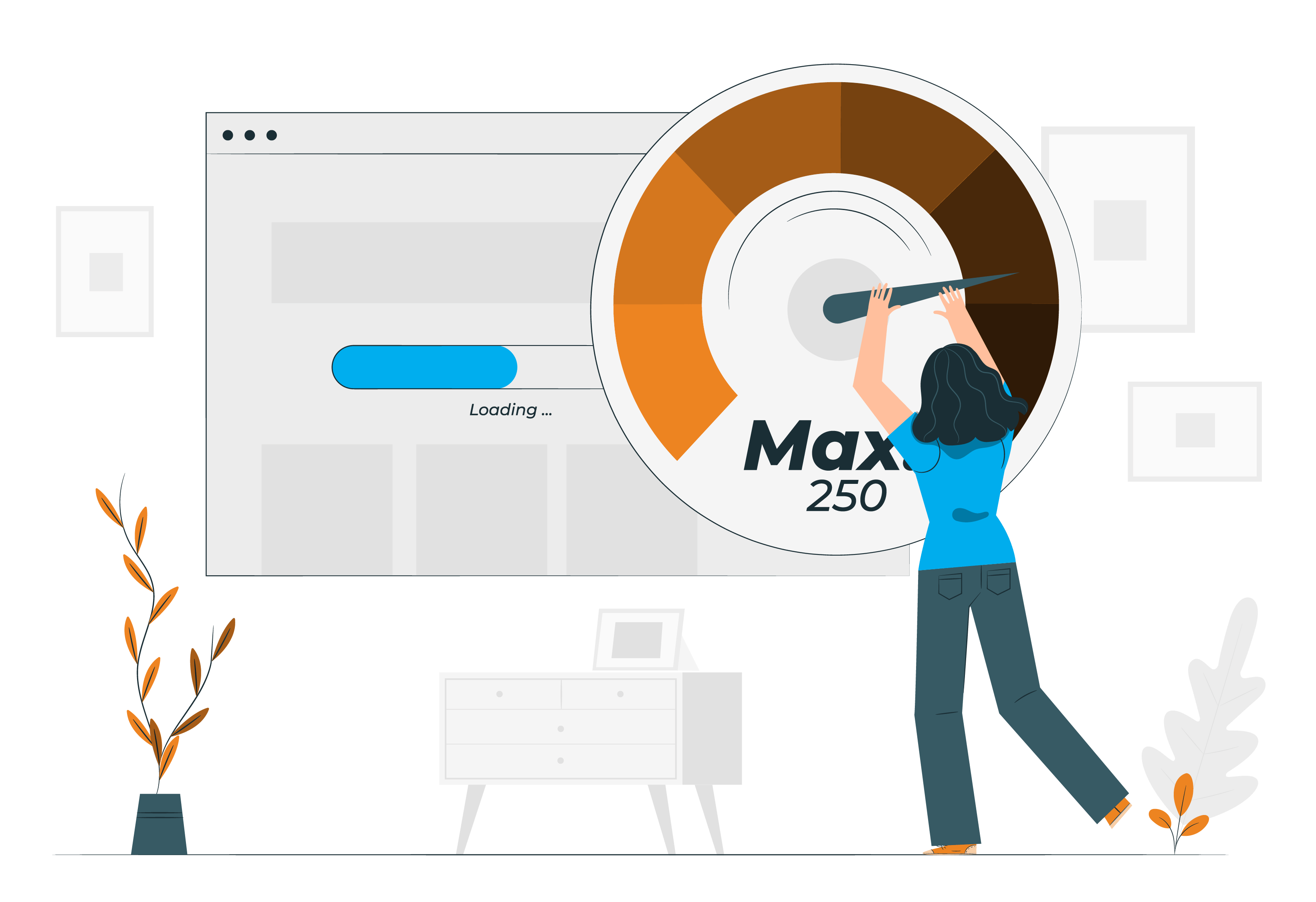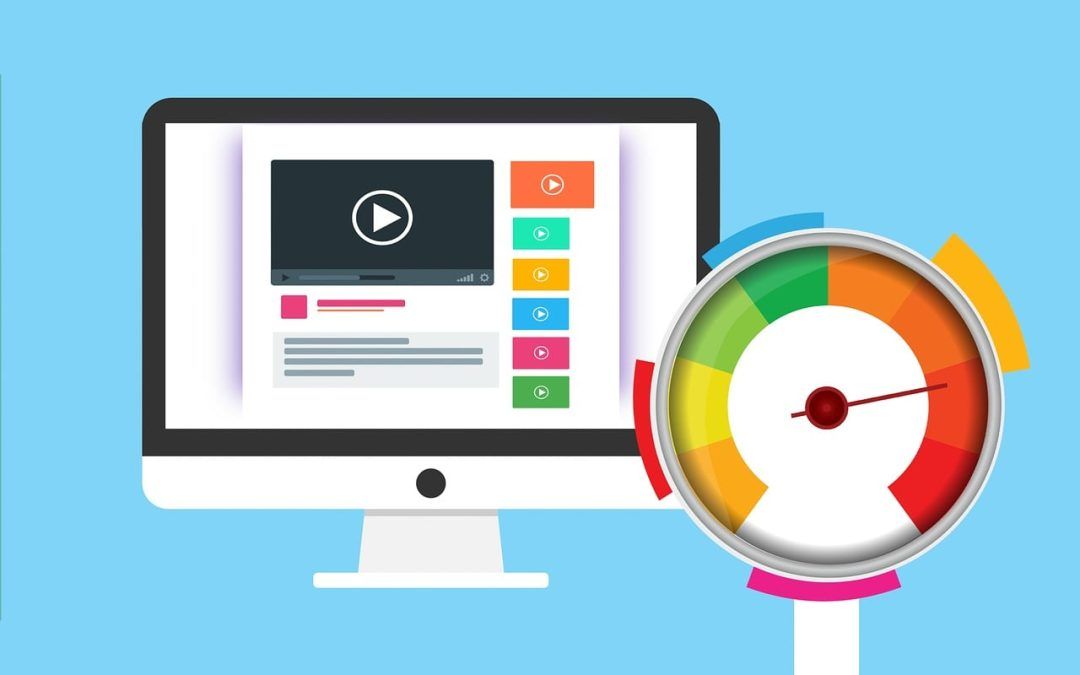Do you know that the loading speed of your website will determine engagement with your potential customers? For example, a recent study shows that there is a 39% of engagement drop due to a slow website loading speed. This shows you have minimal time to catch your target audience’s attention, that is, within the first few seconds when they land on your website. Meanwhile, another case study also shows that there is an increase of 2% in conversion rate from the website by enhancing the website loading speed by a second.
Why does your website’s loading speed matter? Website bounce rate increased by 60% when its loading time was above 3 seconds as a searcher only has an average of 8 seconds of attention span. Therefore, if your page load time is slow, the user experience will be negatively affected, and the bounce rate will increase, which will lower search performance and your revenue.
To ensure your website’s performance and effectiveness, you should optimize your website loading speed to an average of 3 seconds while keeping your web page mobile loading speed within 8.6 seconds. In addition, if your website has a bounce rate above 70%, you ought to look into it seriously and find ways to improve your website’s loading speed. Before we move on to some practical ways to help you improve and maintain your website’s loading speed, let’s first understand the categories of web page speed.

3 Categories of Web Page Speed
The loading speed of your website can be grouped into 3 main categories:
- First Contentful Paint
The loading time of the first piece of content that users see when they land on your website is known as First Contentful Paint (FCP). Usually, the pages of your website will load each element individually at a different interval or slightly different time. - DOMContent Loaded
Meanwhile, the loading time for the code on the top and bottom of your website page is known as DOMContent Loaded (DCL) because the content on your web page will load part by part and never load together at the same time. - Largest Contentful Paint
Largest Contentful Paint (LCP) measures the time taken to load the largest “above the fold element”, that is, every part of the content that appears on the user’s screen without requiring the user to scroll down. Due to the short attention span of most users, your website’s LCP should not take more than 3 seconds to load. Otherwise, users will return to the SERPs to search for something else, and most likely your competitor’s website. Furthermore, the PageSpeed Insights (PSI) of Google mainly categorized the user experience into 3 categories, namely, “Good, Needs Improvement,” or “Poor”. Therefore, an extremely slow website will be penalized by Google.

Practical Ways to Improve Website Loading Speed
1. Reduce Image File Size
As images may take up 21% of a webpage’s weight, you should ensure that the images on your website are in the suitable format and size. As a general rule, reduce the file size of images to 150KB or below in a JPG or JPEG format.
You can also prepare the template for frequently used images (e.g. buttons and icons) with CSS sprites, which can help combine images into a single larger image to help speed up loading time on your website by loading it all at once. This will help decrease HTTP requests; only parts or sections you want to display on your website will be shown. Hence, you can significantly reduce loading time without making your target audience wait for different images to load separately.
2. Upgrade Your Server
A few factors may affect your server response time, including the type of software used by your server, the volume of traffic your website receives, and the resources each web page uses. Thus, choose the best-suited server to enhance your server’s response time or upgrade to a faster server that will improve load times by 60%. Your server response time should be less than 200 milliseconds to ensure the optimal performance of your website.
3. Delete Unused Pages
As time passes, your media storage may accumulate a lot of old or unused images and other media files. You can save up some space on the backend by deleting low-value pages and drafts that will not be used to unclog your website. After deleting these unused pages, images, and media files, your website will regain a faster page loading time.
4. Clean & Simple Layout
A cluttered website layout will slow your website’s loading speed as it often takes longer to load. Hence, as a golden rule, always choose a clean and simple design layout for your website and ensure it is maintained in such a way as to optimize your website’s loading speed.
You may use Gzip (a type of server-side data compression), which helps reduce your web page loading time as it will make a set of data into a smaller size for more efficient delivery to the computer of your target audience. The size of your HTML, JavaScript files, and stylesheets will be reduced through Gzip compression. However, note that Gzip compression does not work on images and videos because they have been separately compressed.
In a nutshell, if you wish to maintain a good user experience and better engagement rate with your target audience (who may be your potential customers), you ought to improve your website’s loading speed and reduce the bounce rate. If you are unsure how to do it on your own, just engage someone with the expertise to do it for you!

